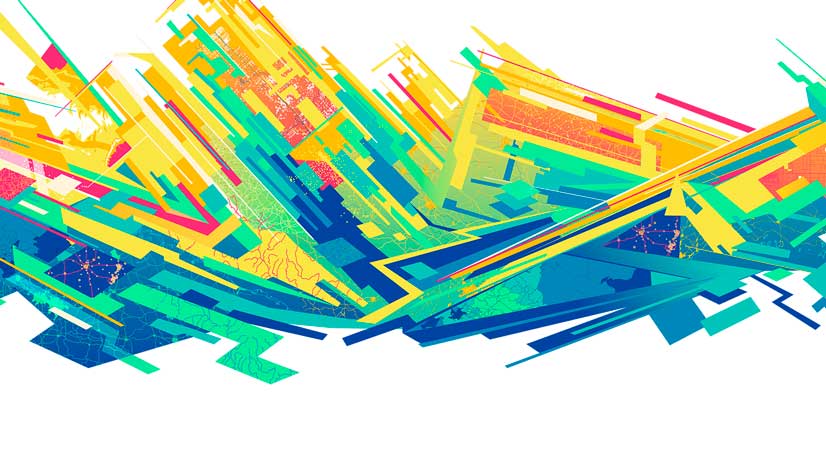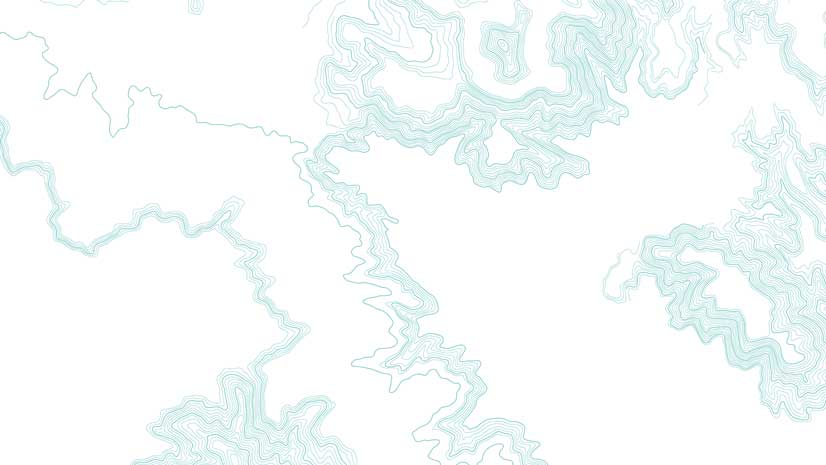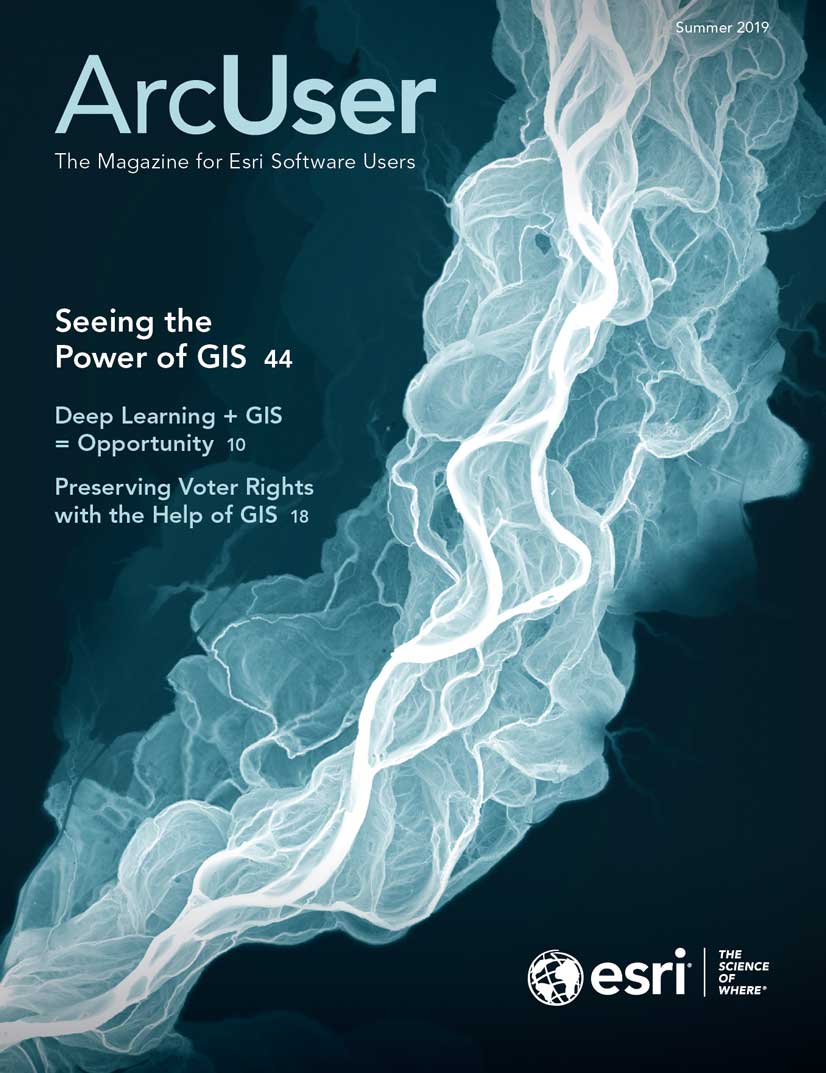The April 2019 release of version 100.5 of the ArcGIS Runtime SDKs enhanced 3D and KML functionality, augmented offline workflows, and introduced support for fundamental mapping requirements such as reference scale and group.
Working in 3D
You’ll see lower memory usage and better all-around performance when working with scenes as Esri continues to optimize the experience. This release of ArcGIS Runtime SDKs adds some significant 3D functionality. ArcGIS Runtime SDKs squeeze great performance out of mobile devices, displaying large volumes of symbolized and filtered lidar data. With Point Cloud Scene layers, datasets of hundreds of millions of points can be interactively visualized. It’s truly impressive.
Not to be confused with the Point Cloud Scene layer, Point Scene layers provide fast display of point features in a 3D view based on scale, distance, and threshold parameters associated with a viewpoint. Publish these from point feature layers as a service or as a scene layer package or as part of a mobile scene package.
You can now work with features that lie below ground level by adding transparency to the scene’s surface or simply by navigating and positioning the camera below ground. Properties on a scene’s surface allow you to enable or disable subsurface navigation and control the transparency of the ground.
Mobile Scene Packages
Version 100.5 adds support for Mobile Scene Packages (MSPKs). These files parallel Mobile Map Packages but (you guessed it) are for scenes and are generated in ArcGIS Pro to be side loaded onto your devices for an offline 3D experience.
Working Offline
Speaking of offline, Esri has been working on enhancements to the On Demand and Preplanned offline workflows that enable even greater control when working with data while disconnected.
Basemap by Reference
In both On Demand or Preplanned workflows, you can now opt to make use of a locally stored basemap. For example, perhaps you have a vector tile package or raster tile package already downloaded, which covers your entire service area. Not having to generate or download the basemap tiles can significantly reduce the time it takes to generate and download an offline map.
Next Gen Locators and Tile Packages
Esri’s geocoding team has been hard at work on next generation locators. At 100.5, ArcGIS Runtime SDKs bring support for these LOC files to Runtime. These are smaller and faster. What more could you want?
Alongside that, Esri added support for the new Tile Package (TPKX) file format for local raster tiles. TPKX files use the Compact Cache V2 open spec. Generate a TPKX from ArcGIS Pro or ArcGIS Enterprise 10.7, or lean on the spec to create your own tile packages.
Reference Scale
Although utility customers have long clamored for reference scale functionality, you don’t have to be a utility to make good use of a reference scale. Now a map authored in ArcGIS Pro can have reference scales set on the map or on individual layers, and these scales are honored in ArcGIS Runtime SDKs.
Annotation
Annotation—text that is pinned in place relative to a feature or to the map—is another feature that is of great use to utilities. It’s not dynamically positioned like a label. It is statically positioned when the map is authored.
Although this is just the first release that includes reference scale and annotation, these are already very capable features. However, Esri will be enhancing these features and adding APIs to better control them over the next few releases of the ArcGIS Runtime SDKs.
Web Feature Service
Rounding out Esri’s Open Geospatial Consortium (OGC), Inc.format support, Web Feature Service (WFS) has been added. Now WFS, Web Map Service (WMS), and Web Map Tile Service (WMTS) layers can directly display OGC services in your map.
KML Tours
The addition of KML tours completes the functional coverage for KML in the ArcGIS Runtime SDKs. Open a KML tour in the runtime and control its playback using an API.
Group Layers
Group layers are another frequently requested feature. Esri introduced an API to support combining operational layers into group layers in both maps and scenes. In addition, group layers defined in a web scene or mobile scene package will be honored.
Local Server
Local server has been updated at 100.5 to add compatibility with ArcGIS Pro 2.3 and ArcMap 10.7.
Updated SDKs
At each release, Esri updates its world-class SDKs to cover the new capabilities added. In addition to updated guide topics and API reference docs, new sample apps and updated toolkits and open-source apps have been added. Additional specific information is available in the release notes for .NET, Java, Qt, Android, iOS, and macOS SDKs. This is the last release with a dedicated macOS SDK, but you can still use Java and Qt SDKs to build macOS apps.
This release also brings bug fixes and performance improvements, and—under the hood—improvements that pave the way for some exciting new features over the next few releases.
Download and Get Started
To get 100.5, go to the ArcGIS for Developers website, browse to the ArcGIS Runtime SDK page of your choice, and download the SDK. You can also reference an ArcGIS Runtime SDK through NuGet, Gradle, or CocoaPods. If you’re new to developing with ArcGIS Runtime and don’t have an ArcGIS Developer Subscription, simply sign up for a free account and you’ll be able to access everything you need to develop your app.






